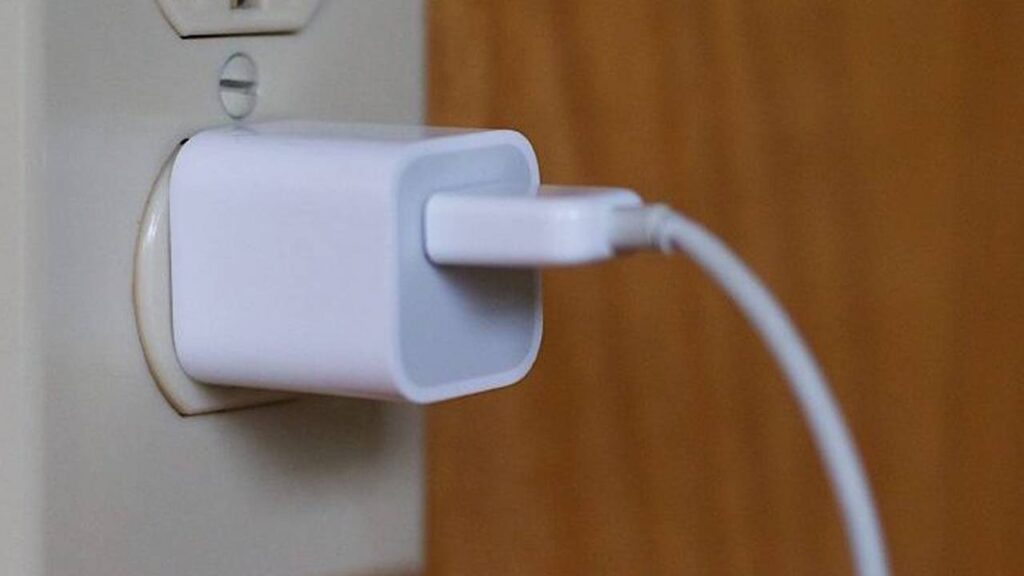In our modern, tech-driven world, electronic devices play a significant role in our daily lives. From smartphones to laptops, these devices require frequent charging to keep them operational. But have you ever wondered what happens when you leave your charger plugged into the wall without a device connected to it? Does it continue to consume electricity? And if so, how much does it cost you each month? Let’s delve into these questions.
The Phenomenon of Phantom Power
Yes, a charger left plugged into an outlet does consume a certain amount of electricity even if it’s not charging a device. This phenomenon, often referred to as “phantom” or “vampire” power, contributes to your energy bill and overall energy consumption. The specific amount of power a charger draws can vary based on the design and model of the charger.
The Cost of Phantom Power

As an example, let’s consider a typical smartphone charger. When not connected to a device, the charger’s power consumption is approximately 0.1 Watts. To calculate the monthly cost, we need to consider the total hours in a month that this charger would be consuming power.
0.1 Watts * 24 hours/day * 30 days/month = 72 Watt-hours/month, or 0.072 kilowatt-hours (kWh).
But how much does this actually cost? That depends on the cost of electricity where you live. In the United States, as of my last knowledge cutoff in September 2021, the average residential electricity price was approximately 13 cents per kWh.
Therefore, the monthly cost for leaving your charger plugged in would be:
0.072 kWh * $0.13/kWh = $0.00936
This cost seems negligible, right? However, consider the collective impact if every household in the country has multiple chargers left plugged in. The resulting energy consumption and cost can become substantial.
Significant environmental and economic impacts
Leaving your charger plugged in without a device consumes a small amount of electricity and contributes a tiny amount to your monthly electricity bill. However, when scaled up across an entire population, this practice can have significant environmental and economic impacts.
So while the cost to an individual may be small, there is a collective benefit to unplugging chargers when they’re not in use. It’s a small step towards energy conservation that can help save on electricity costs and reduce our overall environmental footprint.













